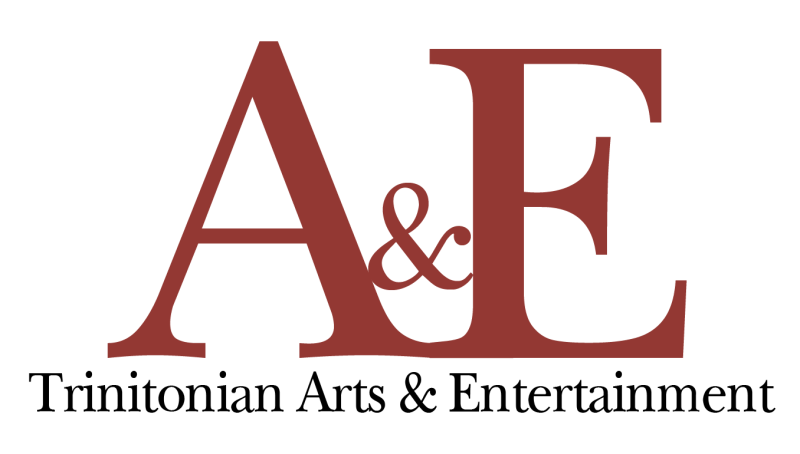Wells Fargo recently circulated promotional brochures for their Teen Financial Education Day that will be held later this month. In a burnt-orange box featuring two adolescents performing scientific experiments, the tagline reads: “A ballerina yesterday. An engineer tomorrow.” Another advertisement expounds: “An actor yesterday. A botanist tomorrow.” Both advertisements concluded with the phrase “Let’s get them ready for tomorrow.” Many supporters of the arts have scrutinized the message that the bank is aiming at the minds of tomorrow through their sole encouragement of the sciences.
Wells Fargo is not the first big company to cast the arts in this light, playing it against other potential areas of interest and overtly suggesting one is more rewarding than the other. AT&T ran an ad on Twitter, now removed, advertising their work with DirecTV that undermined and diminished the value of a theatre experience. The commercial contained the phrase, “Flip between the fight, the game and the ballet you didn’t want to go to” implying that the ballet had less experiential value than that of the two athletic events. Additionally, Old Navy printed two shirt designs that would be hung in children and infants departments that read, “Young Aspiring Artist” but artist is crossed out and replaced with the word “Astronaut.” In both cases, the value of the arts is diminished in contrast to another career field.
In the midst of weaving a new texture for higher education today, critical questions continue to be raised about the value achieved from a liberal arts education. There is a pervasive voice that maintains that STEM subjects “” science, technology, engineering and math “” are far more useful and beneficial in today’s digital world and economy than a liberal arts major, such as history or English. This voice begs us to ultimately take a stance. I believe there is a need for the humanities, the arts, social sciences and STEM to communicate across boundaries effectively and to draw upon individual strengths. No one department is maximized without the consideration of the other. Would experiences in the sciences not enable students in arts and humanities to integrate experimental thinking and logic-based analysis into their curriculum? Conversely, would students in the sciences not become more creative and abstract thinkers after pondering the subject matter studied in arts and humanities departments?
As a Trinity student, I am lucky to attend a university that values the interdisciplinary approach to education and employs many methods to reach this goal such as the Pathways program, flexible majors and the communication between many on-campus programs and organizations. Trinity states on their website that “students are challenged and supported in a community that encourages pathways to discovery “¦ the University is committed to ensuring that all Trinity undergraduate degrees represent a liberal arts and sciences education.” Trinity students are fortunate to learn and grow in a space with people who nurture our abilities past the walls of a department, encouraging us to think scientifically and artistically.
When we begin to examine the content of the recent Wells Fargo advertisement, it is important that we look beyond a career-centered outlook on education. Not only are we able to follow our dreams in whatever field sparks our passion, but we are not confined to one way of thinking: scientific or artistic.







